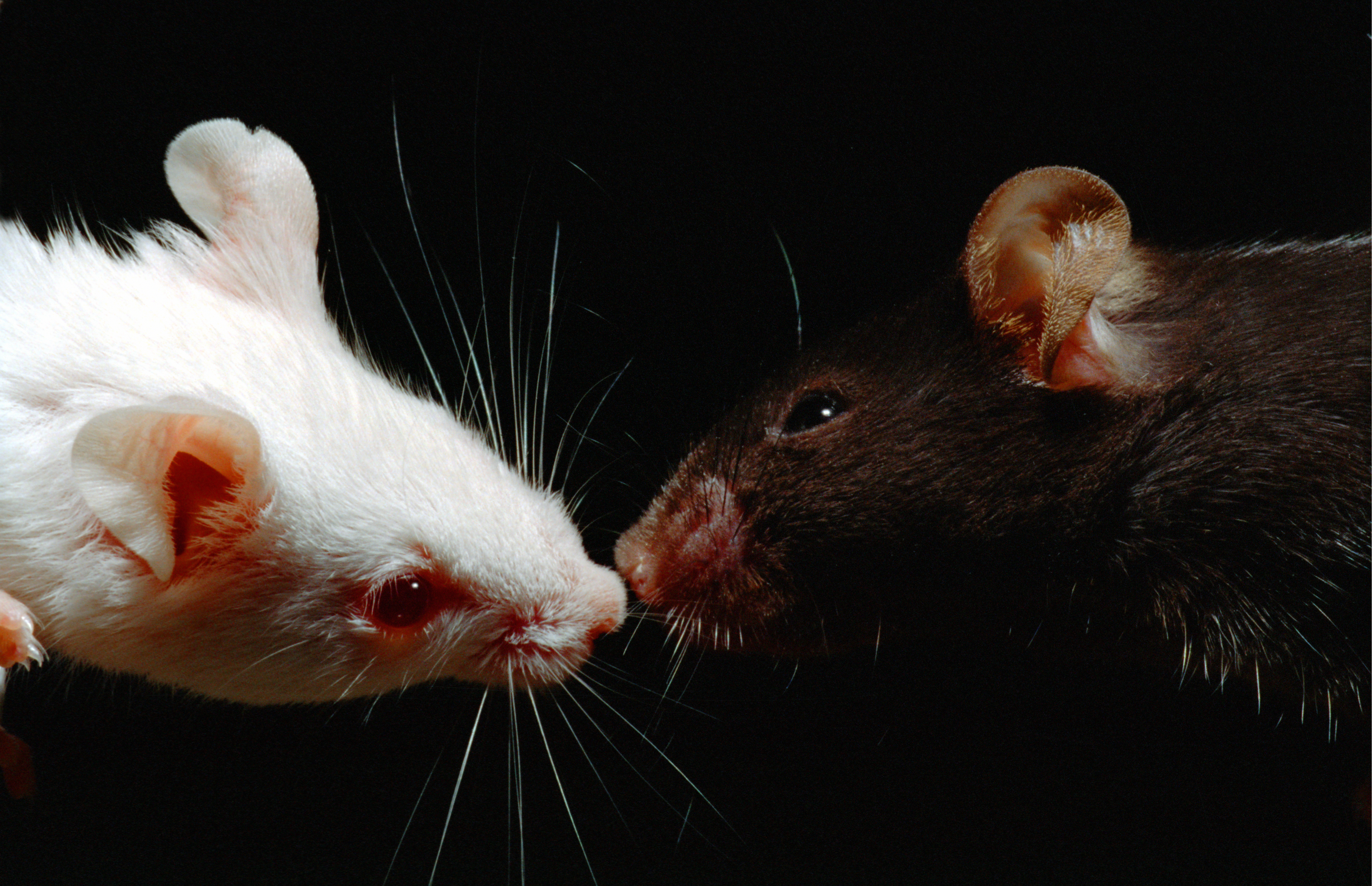
Heidi and Hans-Juergen Koch / Minden Pictures
THIS ARTICLE IS MORE THAN FIVE YEARS OLD
This article is more than five years old. Autism research — and science in general — is constantly evolving, so older articles may contain information or theories that have been reevaluated since their original publication date.
Switching off a specific set of neurons that dampen brain activity causes mice to lose interest in social interaction. The unpublished results were presented yesterday at the 2016 Society for Neuroscience annual meeting in San Diego.
People with autism may have overactive brains due to a lack inhibitory neurons, which depress neuronal activity. Studies suggest that inhibitory neurons that produce the protein parvalbumin may be in particularly short supply in the brains of mice with autism features.
In a 2016 report, researchers questioned those results, however. They found that these neurons are present in normal numbers. The cells had been incognito, however, because they underproduce parvalbumin.
Those studies merely hint at a link between parvalbumin and autism, says Hirofumi Morishita, assistant professor of psychiatry, neuroscience and ophthalmology at the Icahn School of Medicine at Mount Sinai in New York. “Whether that [cellular] deficit is causing the social behaviors seen in autism is not known. It’s important to understand the causal role of this circuit.”
To pin down the protein’s effects, Morishita’s team used a technique called chemogenomics to selectively silence neurons that produce parvalbumin in the mouse prefrontal cortex. This brain area is involved in certain types of cognitive tasks. The researchers then measured the animals’ social skills, anxiety, memory and sense of smell.
Smell test:
Like typical mice, mice with nonfunctional parvalbumin neurons have normal levels of anxiety, good spatial memory and can tell odors apart. But unlike typical mice, they have little interest in social interaction. They choose to spend more time in a solitary area of the cage than in a shared space. They also have trouble distinguishing mice they’ve met before from strangers.
“This deficit seems to be very specific to social behavior,” Morishita says. “This really helps establish parvalbumin cells as a key regulator of social behavior.”
The study is a first step toward understanding the role of the cells in social behavior, he says. Morishita’s team plans to silence parvalbumin neurons in juvenile mice to see how the loss of functioning cells affects early social interactions and shapes behavior as the mice mature.
The researchers also plan to activate parvalbumin neurons in mice with autism-like behaviors to see if they can spark the rodents’ interest in social interaction.
For more reports from the 2016 Society for Neuroscience annual meeting, please click here.
By joining the discussion, you agree to our privacy policy.